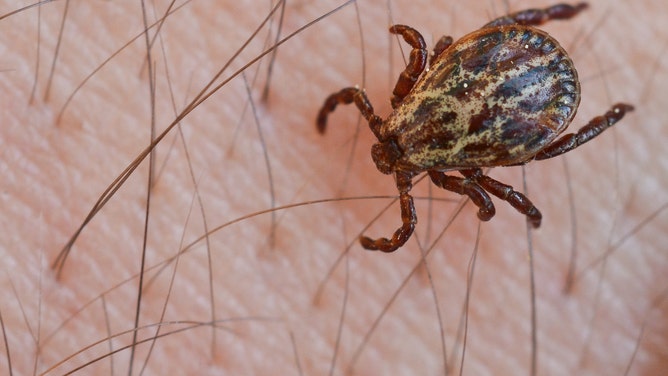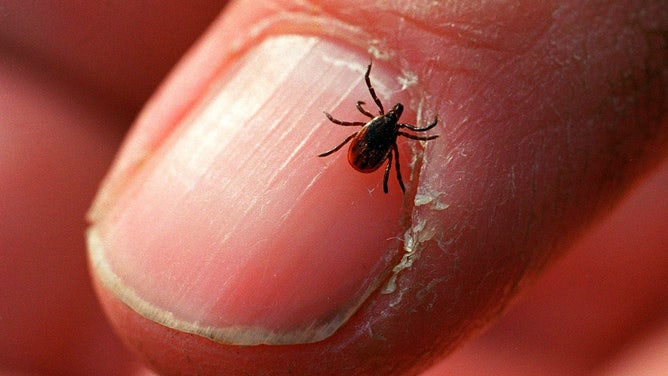How to stay safe during tick season
The disease most commonly transmitted by a tick bite is Lyme disease, with an estimated 476,000 Americans being diagnosed and treated for the disease each year.
How to stay safe during tick season
Here are some tips from Dr. Andrew Handel, pediatric infectious disease physician at Stony Brook Children’s Hospital, on how people can prevent and treat tick bites.
With warmer temperatures come some of the most dreaded insects – ticks.
They creep, they crawl, they bite and most importantly, they can carry an assortment of pathogens that cause diseases. The disease most commonly transmitted by a tick bite is Lyme disease, with an estimated 476,000 Americans being diagnosed and treated for the disease each year.
Here are some tips from Dr. Andrew Handel, a pediatric infectious disease physician at Stony Brook Children’s Hospital, about how people can prevent and treat tick bites.
How to prevent tick bites

A tick crawling on the hairy arm of a man before going for blood.
(Patrick Pleul / picture alliance / Getty Images)
DOCTORS WARN OF INCREASE IN TICKS, LYME DISEASE AFTER MILD WINTER
Taking a few extra precautions can help keep you and your family stay safe from ticks while spending more time outdoors:
- When you go outside, be sure to wear mosquito or insect repellent. Be sure to apply insect or tick repellent containing 20-30% DEET, according to Stony Brook University.
- Wear long pants and tuck the legs of the pants into your socks. This prevents ticks from crawling up onto your skin.
- When you come back inside, remove your clothes and shoes. Then, place them in the dryer on high heat for 10 minutes to kill any ticks that might be on them.
- Check your body, particularly in skin folds and hairy areas, for any ticks.
How to properly remove a tick

An adult deer tick.
(Bill Davis / Newsday RM / Getty Images)
If you do find a tick has latched itself onto your skin, follow these instructions to safely remove the insect:
- Using a pair of tweezers, pinch the head of the tick where it is biting into the skin. This is important as squeezing the belly of the tick may increase your chances of a tick-borne infection.
- Apply pressure and then firmly pull upward or away from the skin. Handel warned people should not twist as they pull off the tick, as this may also increase the risk of a tick-borne infection.
- Place the tick inside a zip-up plastic bag. Keeping the tick will allow you to better identify it, which can be helpful when you speak to a medical provider about it.
- Clean the affected area of your skin with an alcohol swab or soap and water.
- If you experience fever, a rash or headaches after a tick bite, call your doctor.
Handel noted that people can order a free tick removal kit online from the Stony Brook Tick-Borne Disease Resource Center.
